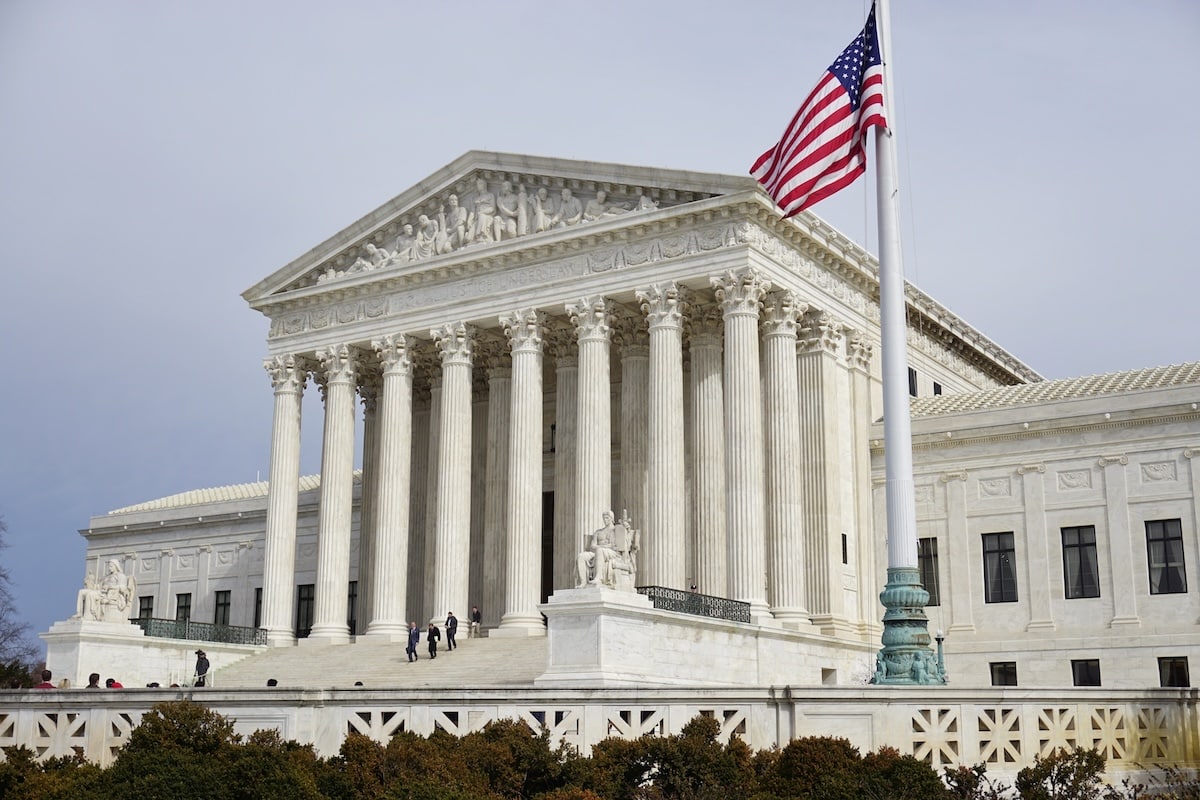Prominent economists have issued a dire warning about the state of America’s debt if left unchecked. Here’s the full story.
The Economic Toll of $34 Trillion in Debt
According to experts from the Federal Reserve, JPMorgan Chase, Bank of America, and Blackrock, the government is amassing too much debt. These guys all attest that the national debt, currently at $34 trillion, is becoming a severe issue.
They’re worried that the debt will damage the economy and lead to stagnant wages. They also think that the ever-increasing debt will leave the U.S. unable to borrow from big banks, possibly leading to a massive financial crisis.
Predicting a $141.1 Trillion National Debt
According to a recent report from the Congressional Budget Office (CBO)—an independent office that analyses federal expenses for Congress—by 2054, the national debt will be $141.1 trillion.
Currently, the national debt is equivalent to 99% of America’s GDP (Gross domestic product – essentially the amount of money America makes in a year), but by 2054, the report states it will be worth 166%. It’s predicted to overtake the record of 106% of GDP set during World War 2 in 2028.
One economist stated that if left unchecked, “Its consequences will be severe and leave lasting – probably irreversible – scars on our economy and society.”
Stagnant Wages and Borrowing Challenges Ahead?
According to the CBO’s report, mounting debt will “slow economic growth, push up interest payments to foreign holders of U.S. debt, and pose significant risks to the fiscal and economic outlook.” They added a warning for future governments: “It could also cause lawmakers to feel more constrained in their policy choices,” which could then “undermine the international geopolitical role of the United States.”
The CBO is greatly worried that another financial crisis, akin to 2007-2008, “could erode confidence in the U.S. dollar as the dominant international reserve currency.” Losing its position on the global financial stage would be hazardous for America and could cause widespread issues for millions of citizens.
GAO’s Echoing Alarm
Another report released last month by the U.S. Government Accountability Office (GAO) doesn’t offer any reassurance. According to GAO, “The federal government faces an unsustainable long-term fiscal path that poses serious economic, security, and social challenges if not addressed.”
Their estimates are similar to the CBO’s, but they found that national debt would “grow more than twice as fast as the economy over a 30-year period, reaching 200 percent of GDP by 2050.” They argue that “Congress and the administration will need to make difficult budgetary and policy decisions to address the key drivers of federal debt and change the government’s fiscal path.”
A Roadmap to Fiscal Responsibility
According to the GAO, smart government policies would make the national debt grow at a similar rate to the economy—or slower in the best circumstances. They suggest that the Government utilizes fiscal rules and targets to manage spending and revenue, controlling debt effectively. Consider various strategies for addressing the debt ceiling. Analyze both spending and income to comprehend the factors contributing to the budget deficit.
The government must also address the imminent funding shortfalls in Medicare and Social Security, as their trust funds are approaching depletion, and seek methods to enhance financial responsibility without necessitating significant policy reforms.
Growth vs. Austerity
Increasing the economy’s growth or cutting spending are seen as the two best options for solving the debt issue; however, these are tough to implement as they’re not instant fixes. Despite these warnings, some economists are optimistic that America can solve its debt issues.
They argue that more spending by the Government leads to higher productivity and an increase in GDP. Economist Brett House explained, “Public debt is justified if it is invested in productivity-enhancing measures that will ensure the economy generates growth that’s required to finance that debt.”
Other economists echo that view, with one explaining that while the national debt is extensive, as long as the yearly deficit doesn’t grow in size, there shouldn’t be any worries about a financial crisis. These experts suggest that a strategic adjustment of approximately $400 billion spread over several years could effectively address the escalating debt problem.
The post Leading Economists Warn: America’s Growing Debt Imperils Economic Stability first appeared on Swift Feed.
Featured Image Credit: Shutterstock / EQRoy.

